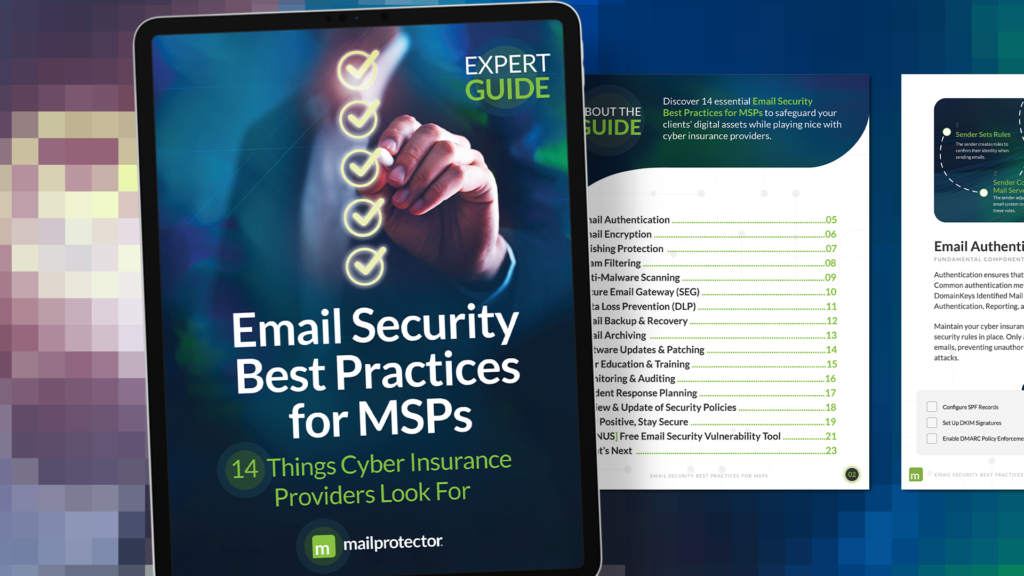Human error has been the curse for many organizations despite significant investments in cybersecurity defense measures. According to a recent study on data protection, nearly 90% of security breaches involve some type of social engineering attack. Common employee mistakes include opening documents containing malware or clicking links in email messages that open and enable malicious websites. The average annual cost of data breaches brought on by these often innocent actions is more than $8 million.
While the trends may not cast a favorable light on staff members, these mistakes are not entirely their fault. Cybersecurity training is becoming somewhat normalized, but there still seems to be something inhibiting its effectiveness in many organizations.
Here’s a hint: the programs companies employ can be incredibly dull. Organizations are not purposefully trying to bore their people to death with mindless questions and scenarios. However, feedback from many IT services professionals demonstrates that many, if not most, of these learning initiatives need a shot of adrenaline to improve user attention. The lesser of these programs need a complete overhaul.
The same tactics that boost client satisfaction for many companies, including rewards and loyalty programs, can help keep employees engaged and interested in practicing proven protection methods. Gamification is proving to be a great option, and many awareness training program suppliers are adding that feature to boost end users’ expertise at spotting and avoiding cybersecurity threats.
Less Classroom, More Fun
You surely remember sitting in class staring at a teacher while their lesson went in one ear and out the other. PowerPoint presentations and monotonous talking points just don’t cut it anymore, especially for a topic that makes many roll their eyes before logging into their session.
On the flip side, you likely remember that one teacher or professor who made class interesting, turning the instructions into an interactive session or a game. Those are the lessons most of us retain for years, if not decades.
Engaging others with game mechanics and logic with the promise of a reward is commonly referred to as gamification. Adding an interactive element to the learning process motivates good behaviors and increases the ability of students to comprehend information faster and maintain that information in their long-term memory. When applied to cybersecurity training, gamification improves employees’ reactions to potential threats and increases the overall data resiliency of the organization.
According to the Gamification at Work Survey conducted by TalentLMS, this type of training increases employee motivation to 83%. In contrast, those who receive more traditional lessons were less inspired (only 28% were motivated), while nearly 50% indicated a level of boredom with the program. Engagement, performance, and productivity are all positively impacted by the more interactive learning experience.
Cybersecurity awareness is critical for every business today. With that in mind, MSPs should leverage the best possible learning tools and methods to boost the protection skills of every clients’ end-user community.
Game On!
When it comes to ‘gamifying’ education for employees, there are many different methods available. Simulations often work best for IT-related topics. For example, an awareness training program may reenact a phishing attack, and the staff member who spots the threat first gets a higher score. Companies may list rankings by name or simply reward the top finishers.
MSPs can provide C-level executives with wargaming simulations to help them prepare for various types of incident responses. This process not only allows organizations to test their leaders’ reaction times and defensive capabilities but also gives them a better feel for what might happen if they get hit with a real attack.
To make the experience rewarding and to keep everyone engaged and motivated, incentives such as cash, small gifts, or time-off can pay big dividends. Consider a leaderboard to up the stakes and build a healthy competition among team members. Competitive methods usually work particularly well since everyone sees the results and will strive to up their performance levels. That’s a big win for all with a minimal investment.
The best way to maintain an effective employee cyber posture is to ensure continuous training. One-time events are doomed to failure – especially with the constant changes with external threats. Continual and short competitive assessments work best to improve memory, reinforce lessons, and keep the information up to date. Students find it much easier to focus and stay engaged with a weekly ten-minute training session than with a one-time three-hour class on the same topic.
Training is No Longer an Option
A basic understanding of cybersecurity is essential for every employee. Unfortunately, many business leaders see their team members as threats instead of assets in the fight to stop these attacks.
With innovative and continuous training tactics, as well as the right mindset, employees can be a significant differentiator in the organization’s overall cyber-defenses. Gamification and rewards programs, when properly implemented and maintained, can help you and your clients stop cybercriminals dead in their tracks.

















